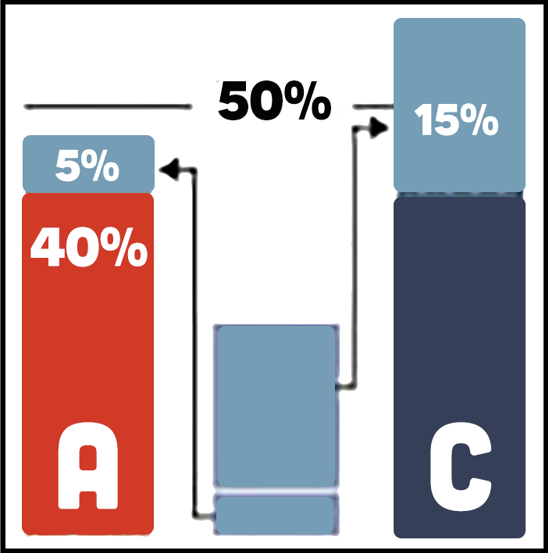Ranked Choice Voting
So, What is Ranked Choice Voting?
Ranked choice voting (RCV) is a voting system that gives voters the chance to rank candidates in order of preference, it then uses those rankings to elect candidates who best represent their constituents.
RCV is straightforward for voters: rank candidates in order of your choice. Voters can rank as many candidates as they want, without fear that ranking others will hurt the chances of their favorite candidate.
How does it work?
Voters will be able to rank their top four candidates.
The four candidates who received the most votes in the nonpartisan primary would advance to the general election where Alaskans could rank candidates for each office in order of preference, or pick one, as they do now.
If one candidate receives a majority (more than 50%) of the first-choice votes, they win! If not, the candidate with the fewest votes is eliminated, and those votes count instantly toward the next choice on each voter’s ballot. This process repeats until one candidate has a majority.



